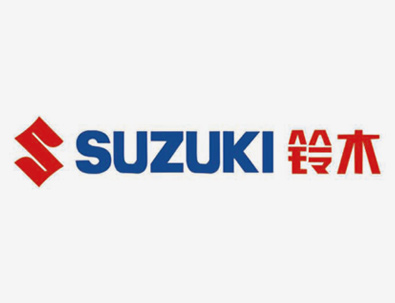

Knowing the difference between a battery that starts th […]
Knowing the difference between a battery that starts the engine and a battery that needs to be powered for a long time without the engine running can save you a lot of other money.
The commonly used basic and still preferred battery is the very common lead acid type. There are of course many variants, such as glass pads and gel types, but standard lead-acid batteries are still popular and have the highest efficiency. Let's take a look at what these batteries need to do.
As the name suggests, the starter battery is designed to start the engine. This requires the battery to provide a so-called "cold start amplifier" or CCA to the engine's starter motor in a short time. If the engine is cold, the outbreak may reach hundreds of amps. When the engine starts, it will immediately start charging the battery so that the cycle can be repeated as needed.
The starter battery is good at this because of its internal design. The lead paste board inside the battery is intentionally made very thin, because it can achieve the ultra-fast discharge required for engine starting. However, if you accidentally turn on the car's lights for any time, you are likely to have returned to the car, only to find that the engine cannot start, or because the battery is low, and you are unwilling to start at least partially flattened. The starter battery is not good in any form of long-term repeated discharge. If used in this way, it may be seriously damaged in a short period of time.
In order to fit the purpose, household batteries used on ships, family cars, and leisure batteries used as storage devices for solar panel output, etc. must be able to be used in a "deep cycle". Batteries used to drive electric golf carts, electric wheelchairs, etc. are typical examples of "deep cycle" batteries. These batteries will be charged overnight and gradually discharged during use. If you try to use a standard starter battery, it will disappear in a short time.
The manufacturing board of the deep cycle battery is much thicker than the starter battery, but it actually starts the engine. However, they are not really made for this purpose.
American battery company Trojan has been manufacturing various deep-cycle and semi-traction batteries since about 1925. I mention this because their battery is a vessel of my choice. We live around the clock, and reliable battery power is very important to us. If there is no mains power available, we can use a deep-cycle leisure battery pack to power the inverter to produce our own power supply. If needed, we can use the engine to charge the battery, so that we can do this for a longer period of time.
If you plan to invest in leisure, deep cycle, traction or semi-traction batteries, make sure you use a reputable supplier. If you don't do this and just look at the price tag, you will most likely regret it.
If you would like to see it, I have a short video of Trojan Battery Company that shows how its batteries are made and explains why deep-cycle batteries are made like this. The starter battery is much simpler in its own way than the deep cycle type. If you have heard of this battery, you can usually buy such batteries, and you can. This is definitely not the case with deep cycle batteries. As usual, manufacturers will appear, lower the price of materials and quality, and sell you out by charging less.




















